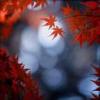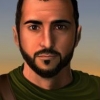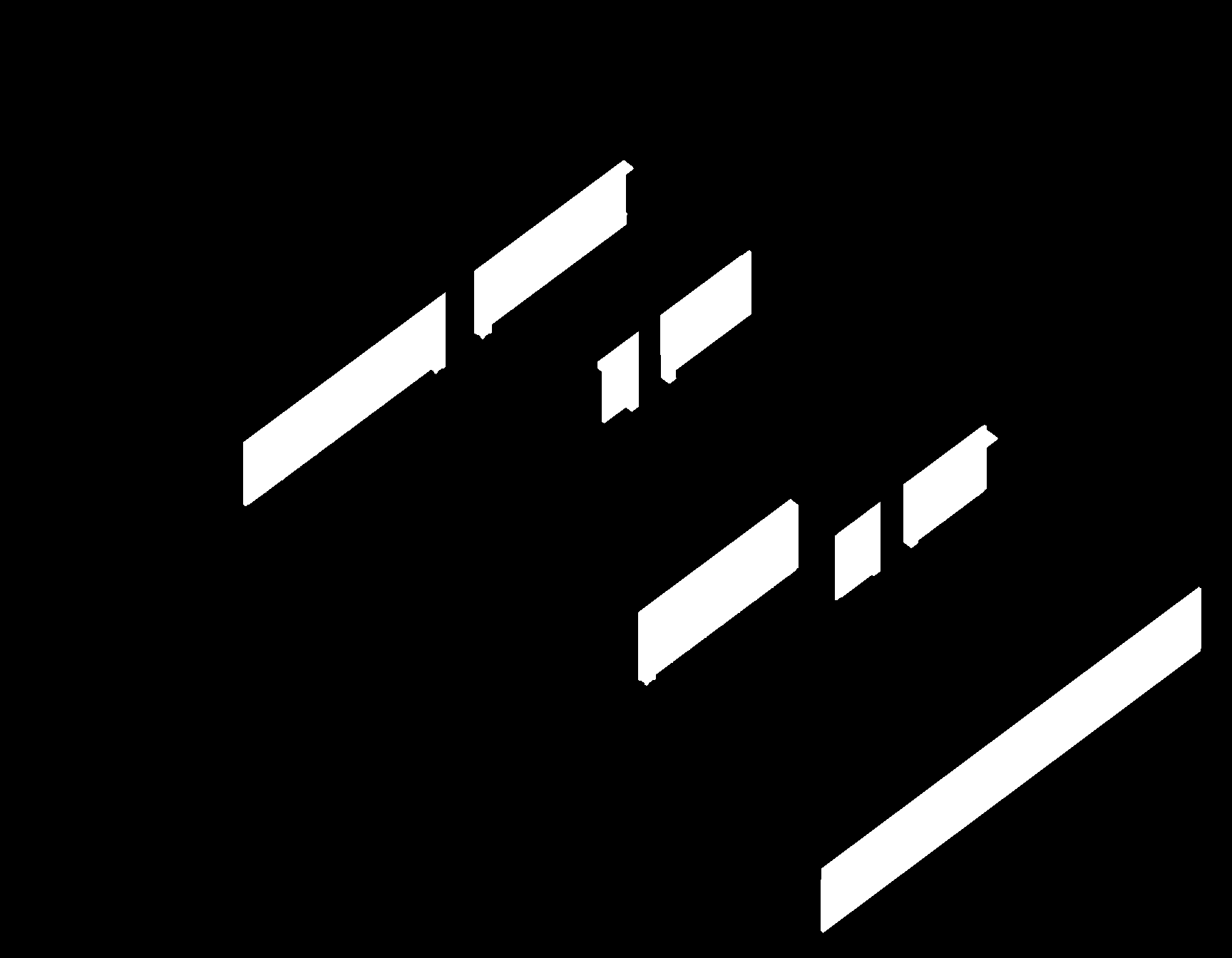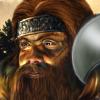Ok, I took a break from modding to look at this again. Amazing what a fresh perspective can do. I think I have at least a vague idea of what all the area-related files are. That doesn't mean I understand all the formats completely, just their potential uses.
FRM16 files are 2D graphics used for various purposes - portraits, minimaps, textures, etc. They are similar to TGA (Targa) graphics and can be converted to bitmaps, though each type of frm16 seems to differ slightly. The minimaps are like MOS files in
IE. The textures are somewhat like TIS files, only without the overlays (which are mdl16 files).
MDL16 files are "3D" graphics used for overlay models like houses, buildings, trees, creatures, items, etc. I suspect they can be seen from different aspects depending on how you place them, how many frames are in the model, etc. These are probably somewhat similar to BAMs in
IE.
SEQ16 files are simple animations, largely for GUI elements like cursors it seems. These are probably like animated GIFs. They don't seem to factor in the area files themselves.
WAY files are "waypoint" definitions for area maps. I suspect this is somewhat like a WED file in
IE and/or a search map.
ZAX files contain the map definitions (sounds, models, properties). This file specifies where to place various graphic elements on the map, but not any actual graphics. For example, in Temple District.zax, it indicates there is a Cathedral model (mdl16) at X35, Y878 on the map. It does the same for trees, houses, walls and so on. Toward the end of file is a list of background frm16 textures (grass, water, etc.). However, this is not like a
BG tileset since it is just the texture without the overlaying models. Also near the end of the file is a height map (elevations) and light map (light overlay). This is somewhat like an ARE file in
IE.
Basically, to translate the big maps, we'd have to figure out the mdl16 format. Then we'd have to come up with some sort of automated routine that would be able to place the multitude of mdl16s overlays and frm16 underlays on a larger map as defined by the zax file. And although I could conceivably figure out former the same way I hacked the frm16 minimaps, it's way beyond my skill to handle the latter. That would probably require some sort of automated tool the likes of
DLTCEP or
NI.
So there are two options here. One is you could just decide to go the screenshot route. As much of a pain as it is, it might be quicker in the short run, especially if you can enable some sort of cheat or other means of clearing/exploring the whole map so you can get decent screenshots of it. I haven't played or looked into Lionheart enough to know if you can do that.
The second option is to keep trying to recruit the skill (particularly the programming skill) required for the automated conversion. In the long run, this would facilitate conversion of any number of maps, possibly including all the related data like search maps, wall groups and so on. But it'd need someone who knows a programming language like Java or C++ (which is what
NI and
DLTCEP are written in).


















